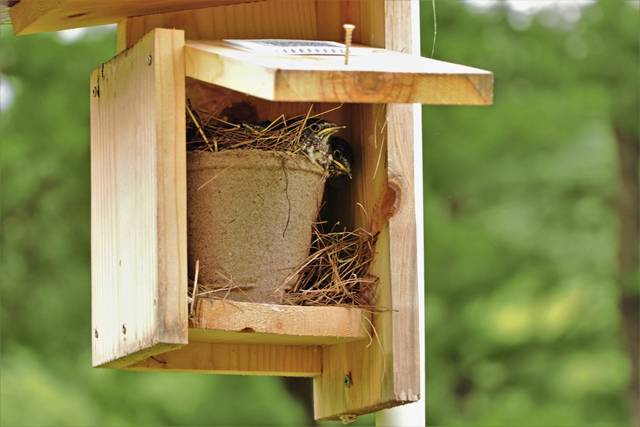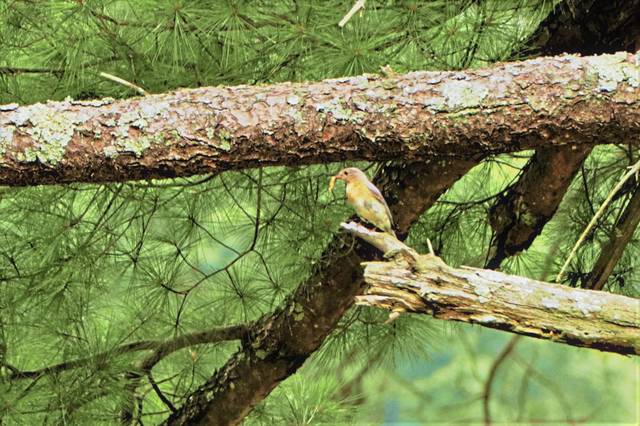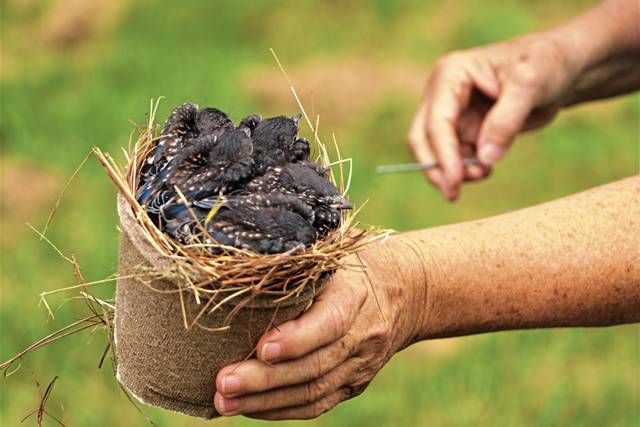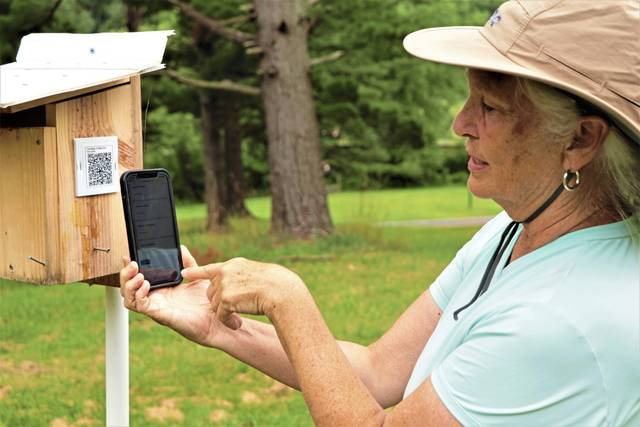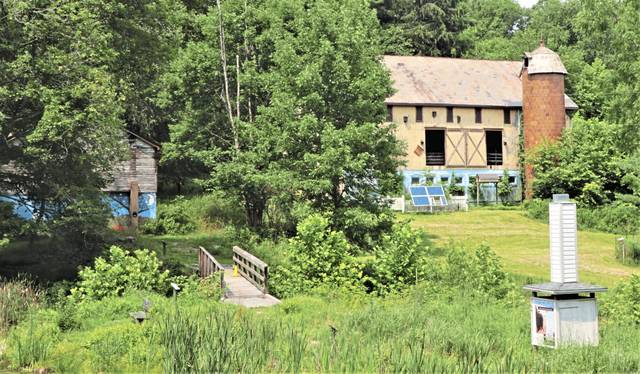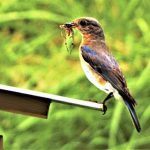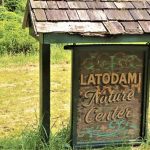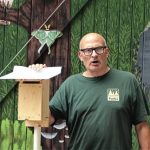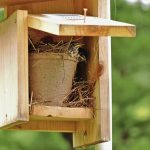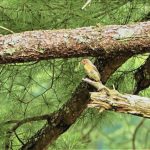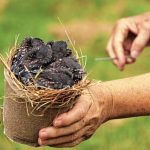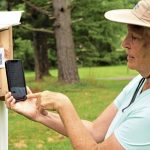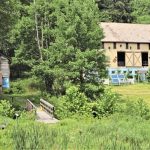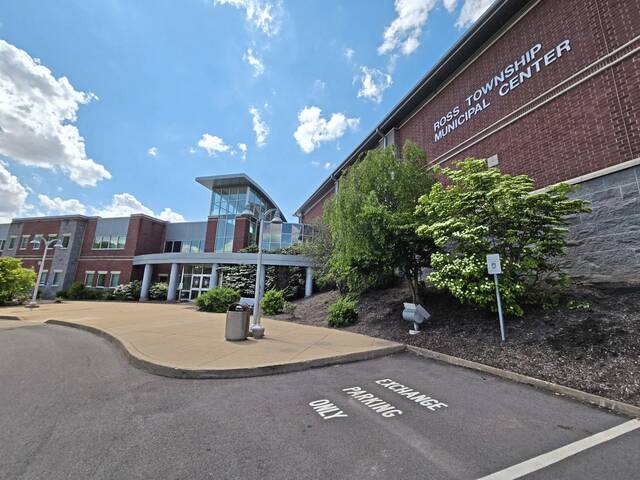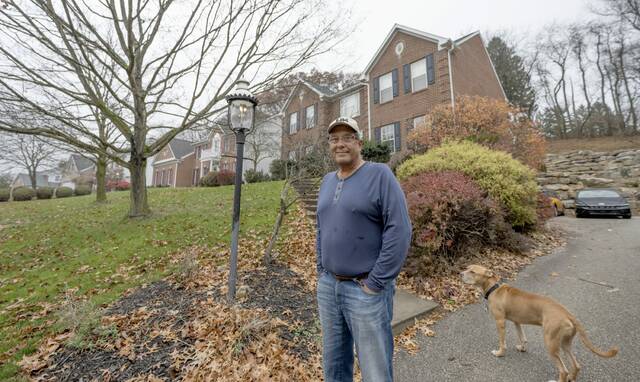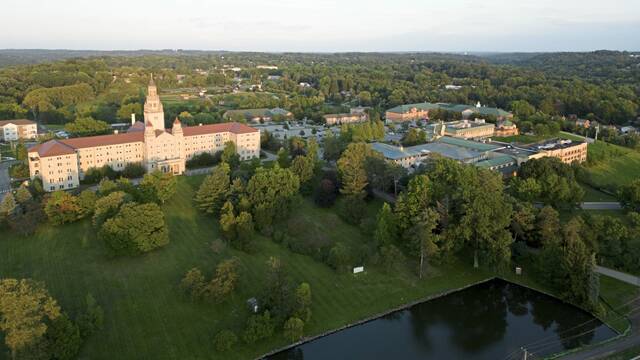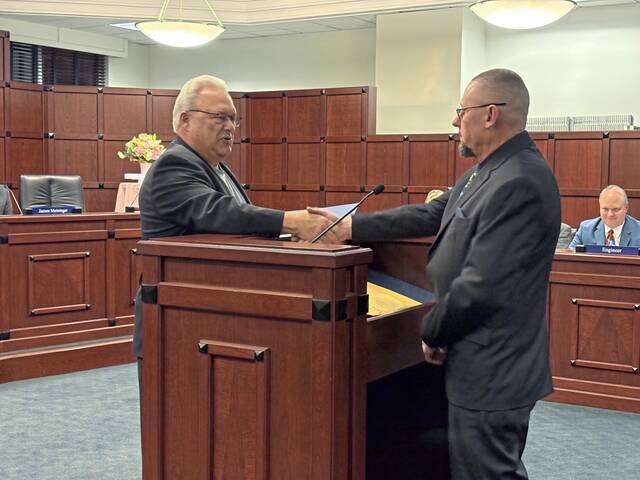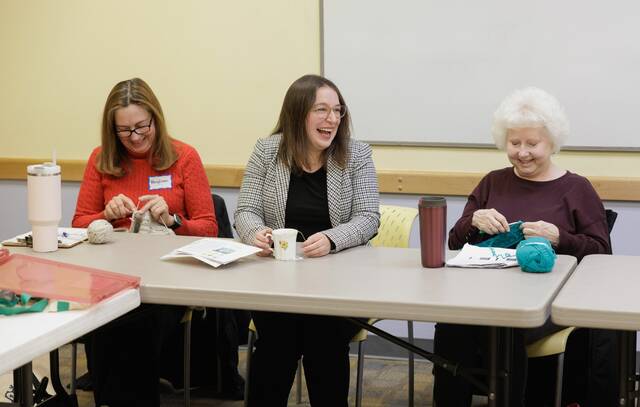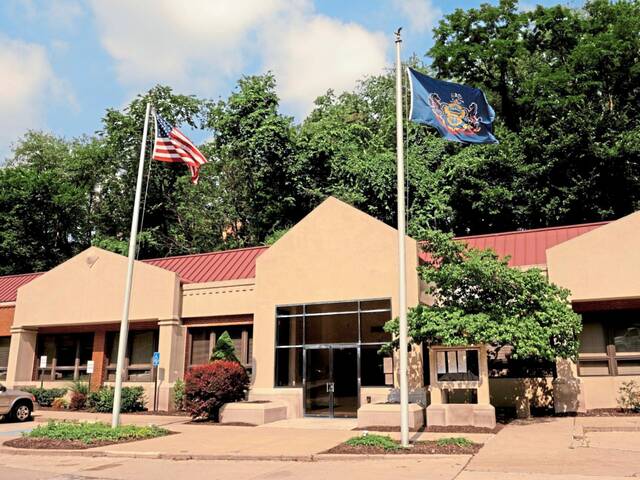The din of passing vehicles fades as you walk deep into North Park. It is replaced by the symphonic warble of birds chiming their presence.
But ensuring the prosperity of the bird population in the 3,075-acre park is no mere act of nature.
Staff and volunteers with the Latodami Nature Center work year-round to provide habitat for eastern bluebirds and other native species to safely build nests, lay eggs and nurture their hatchlings until they are ready to take flight.
During the past three years, the center’s bluebird monitoring program has been overhauled into a streamlined process that has helped boost the species’ propogation.
“There have been bluebird boxes scattered around North Park since the 1960s, when people across the country began looking for ways to reverse the serious decline in the bluebird population,” said Ken Knapp, an assistant naturalist at Latodami and coordinator of the monitoring program.
“But when I took over the program, we didn’t even know where a lot of the boxes were located,” he said. “And many of them were in areas that at one time may have been good for bluebirds but were no longer suitable locations.”
Bluebirds thrive in fields of short grass or lawns that allow easy access to insects, Knapp said.
“The ground conditions were probably good when the boxes were installed many years ago, but over time they became overgrown,” he said. “We’ve moved those boxes to open fields and began adding new ones. The golf course manager even let us put some up in the rough, which is an ideal habitat for bluebirds.”
According to the National Audubon Society, the bluebird population suffered serious decline during the 1960s and ’70s because of “dwindling habitat, increased use of pesticides and the introduction of aggressive, non-native competitors such as the House Sparrows and European Starlings.”
Audubon credits the introduction of nesting box programs across the country with helping to reverse the decline. The organization reported in 2019 that North America was home to nearly 3 billion fewer birds compared to 1970, which is a decline of more than 1 in 4 birds.
While Latodami was intent on doing a better job of monitoring and helping to propagate the bluebird population, creating such a large network of places for the birds to nest also created a logistical problem for the center’s staff and volunteers — they had no easy way to locate the boxes scattered around the nearly 3,100-acre park to check on their condition and gather data about the birds using them.
A solution for locating the 350 nesting boxes and efficiently gathering and recording important data about how they are being used came from a North Allegheny High School student who was doing community service at Latodami.
Nithin Bhandari of Franklin Park trekked through the park to find the boxes and then pinpointed their location on Google maps. He then created a naming system to identify each box and affixed a QR or Quick Response code label to the box so a smartphone could be used to upload data once they were inspected.
Bhandari earned a Presidential Volunteer Service Gold Award medal for his efforts.
The Latodami Center’s staff also worked to recruit a team of volunteers to monitor and collect data from the boxes each week.
Joie and Dave DeWolf of Hampton joined the monitoring program after moving from Michigan after retirement.
“We really didn’t know a lot of people, but we loved coming to North Park and got involved in the nature walks and eventually this program,” Joie DeWolf said.
“It’s very exciting to be monitoring a box and see that the eggs that were laid have hatched,” she said. “We become very possessive about those hatchlings.”
Ray Morris Of Pine said he has been building bluebird boxes for many years, but got more deeply involved when he met Knapp while they were taking a master naturalist program together.
“We also took the master birding class together and talked about the bluebird box program at Latodami and I was sold on the idea,” Morris said, adding that there is great satisfaction in playing a first-hand role in helping a species thrive.
Knapp said the revitalized bluebird box program and the work done by volunteers has shown positive results.
“Last year, we had almost 600 eggs laid,” he said. “This year, I’m happy to report, that we’ve already had 1,136 eggs and we still have another month and a half of season left. So were really seeing the fruits of our effort and will really get out there this year in terms of having new bluebirds fledge out of our boxes and all through the park.”





